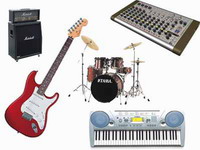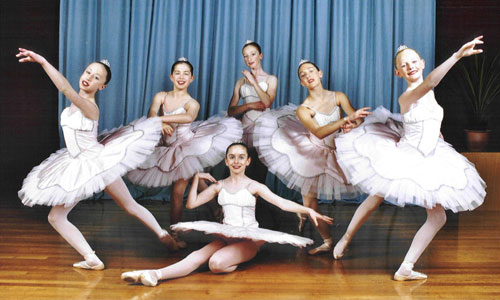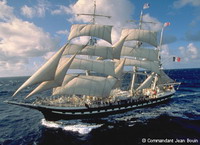Login form
Art
Musical Instruments
 Everybody likes to pick up something and make noise with it. Haven’t you banged your spoon on the table? Or run your finger around the top of a glass of water to make it hum? You probably didn’t think of this as playing a musical instrument. But it’s likely that musical instruments got started this way—perhaps by people beating two sticks together, blowing on hollow stalks, or rattling dried pods with seeds in them.
Everybody likes to pick up something and make noise with it. Haven’t you banged your spoon on the table? Or run your finger around the top of a glass of water to make it hum? You probably didn’t think of this as playing a musical instrument. But it’s likely that musical instruments got started this way—perhaps by people beating two sticks together, blowing on hollow stalks, or rattling dried pods with seeds in them.
WHAT’S IN A SOUND?
Anything that makes sound could be a musical instrument. But we usually think of musical instruments as objects specially created to produce the sounds of the music we know—folk, rock, classical, and all other types.
Ballet

Raise your arms and bring your fingers together over your head. Now lift one foot, point your toes, and strike a pose. You are doing ballet. Ballet is a form of dance with graceful steps and arm movements as well as leaps and spins.
We also use the word ballet to describe a story performed to music, using ballet dance techniques. Ballet performances include not only dance and music but also costumes and scenery. Some of the most popular ballets are Swan Lake, The Nutcracker, and The Sleeping Beauty.
Ships
 Every day, huge ships made of steel cross the oceans and travel the world’s great rivers and lakes. Powerful engines turn propellers that make the ships go. Ships transport people and goods to all parts of the world
Every day, huge ships made of steel cross the oceans and travel the world’s great rivers and lakes. Powerful engines turn propellers that make the ships go. Ships transport people and goods to all parts of the world
Ships are very important to the way we live. Ships carry oil that is made into gasoline for our cars. They bring in much of the food we eat and the clothes we wear. They carry computers, furniture, and televisions for our homes. Look around you. Many of the things you see traveled to where you are on a ship.
THE PARTS OF A SHIP
Ships may look very different from each other, but they all have the same basic parts. All ships float in water. The part that floats is called the hull.
Dance
 Have you ever twirled in a circle? Stretched on your tiptoes and swept your arms above your head? Tapped your feet to snappy music? All people dance, because the human body is made to move. The world offers an exciting variety of dances!
Have you ever twirled in a circle? Stretched on your tiptoes and swept your arms above your head? Tapped your feet to snappy music? All people dance, because the human body is made to move. The world offers an exciting variety of dances!
WHAT IS DANCE?
Our bodies can twist, jump, stretch, and turn. Dance blends these movements together, usually with music. Dance uses space: What patterns do the dancers make across the floor? What designs do dancers’ arms and legs brush through the air? Dance uses time: Is the dance fast or slow? What rhythm pulses in the music? Dance uses weight: Are the steps light and quick, or heavy and limp? Dance uses energy: Does the dance have fast, choppy movements, or flowing, soft ones?
